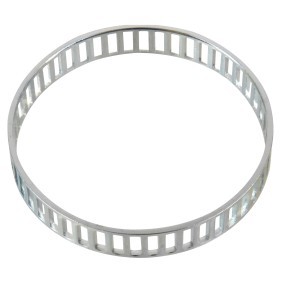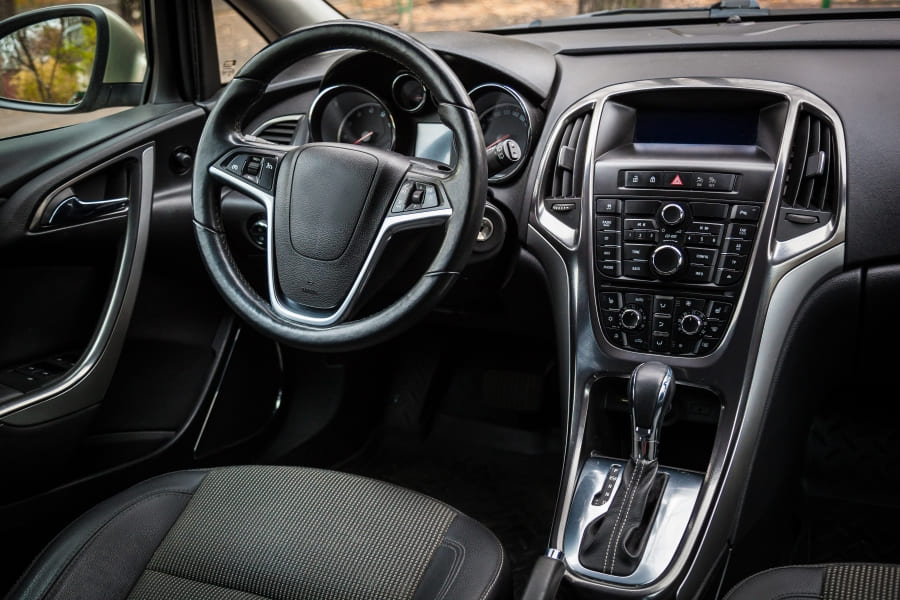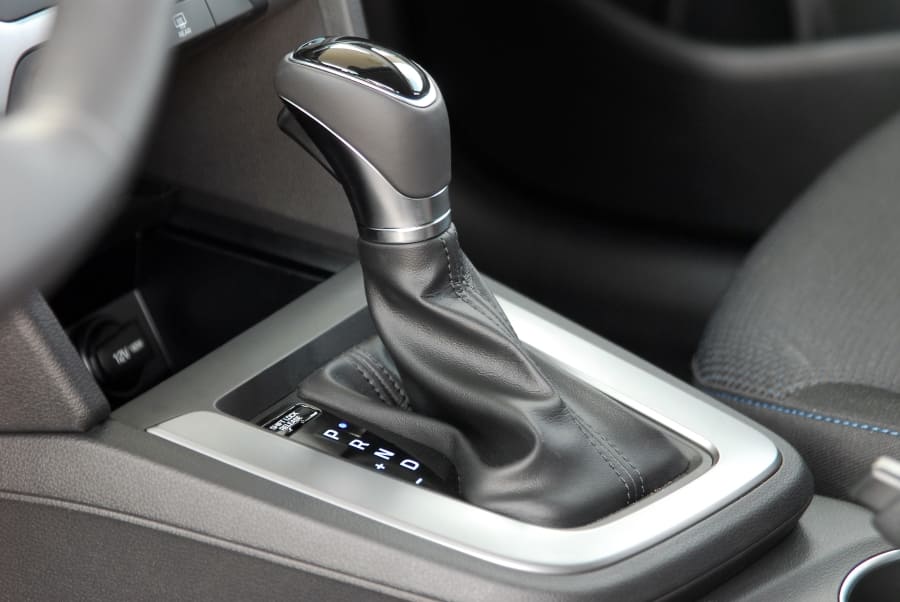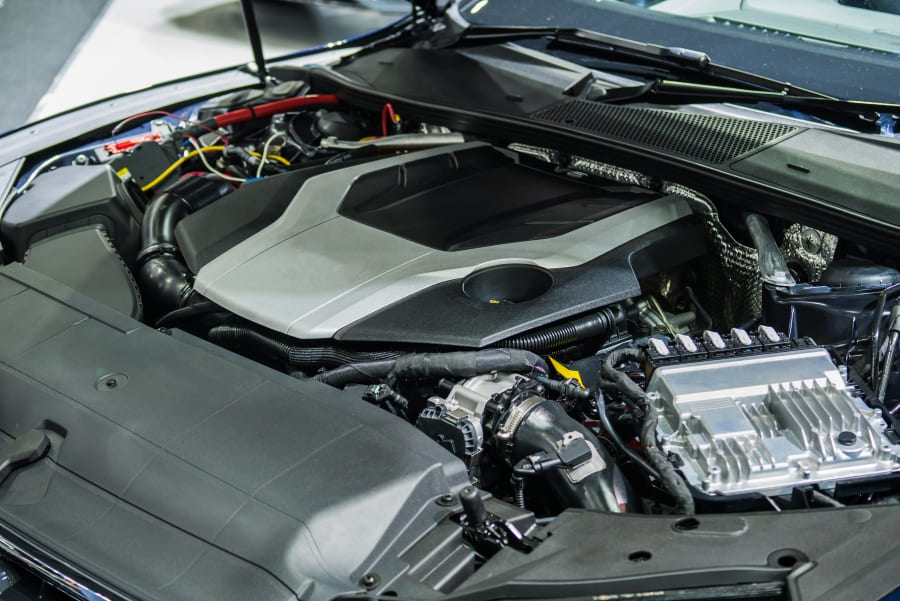
DSC (Dynamic Stability Control) is a system which has been installed on BMW, Jaguar, Ford, Mazda, Land Rover, and MINI cars. It is based on the anti-lock braking system and improves the vehicle’s stability while driving. It also prevents the wheels from slipping. The system improves handling and safety when maneuvering.
How DSC works
DSC analyses readings from the yaw rate sensor, lateral and longitudinal acceleration sensors, wheel speed sensors, and brake pressure sensor. This allows the actual vehicle movement direction to be calculated. The steering wheel angle and the position of the accelerator pedal are used to assess the driver’s input.
If the actual vehicle movement direction differs from the intended one, the system activates the hydraulic unit. This increases the pressure in the brake circuit. The rotation speed of one or more of the wheels is decreased, which allows the car to return to the intended trajectory. The engine torque can also be adjusted if necessary.
DSC turns on automatically. If necessary, it can be disabled by pressing the button on the centre console or in the display settings. This is recommended when driving on loose or soft ground or if snow chains have been fitted.
Popular cars equipped with DSC
- BMW X5 E53, 6 series E63, E64, 5 series Е39, E60, E61, 3 series E90, E91, E92;
- Jaguar X-Type X400, XJ X351, XF X351;
- Ford Falcon FG, Focus Mk3;
- Mazda 3 BL, 6 GH, 5 CR19;
- Land Rover Discovery III;
- MINI Cooper S Mk I.



















Comment